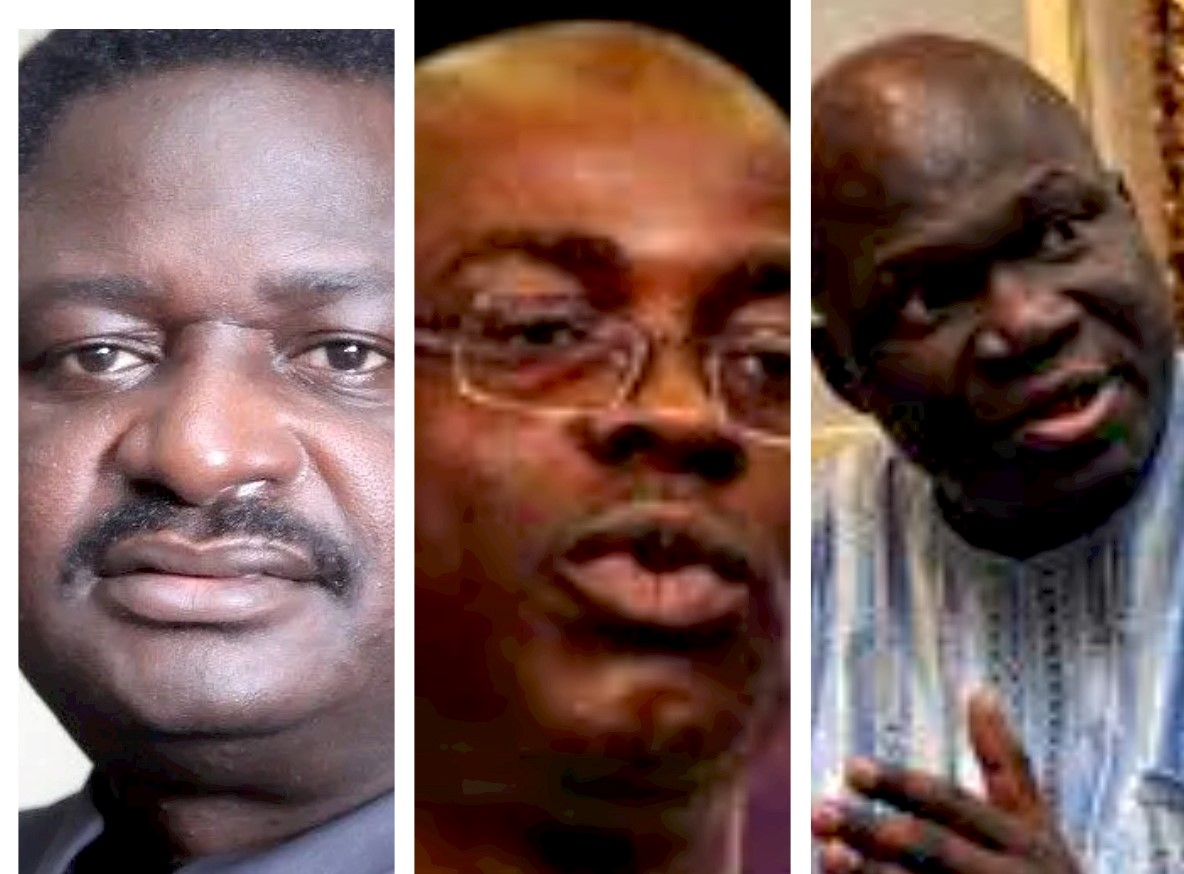Newsroom Experience And Public Office Perception Management
OpenLife Nigeria presents a comparative analyses by Bolaji Adebiyi , managing editor of THISDAY Newspapers, on the onerous task of transferring newsroom expertise into exemplary perception management in public office
It is doubtful if any accomplished journalist who had served a term as a media aide to any public figure of note would ever accept such a responsibility again. Those who had accepted the job hoping to impact positively on the public policy found out shortly that it was not worth their greatest of efforts. But they realized that it was an experience they could not have learned in the best of journalism, public relations, and public administration schools.
For those transiting directly from the newsroom to media relations, an aspect of public relations, it is a completely different ballgame. Trained in the art of exposing information that public officials are intent on hiding, they soon find themselves engaged in a role reversal as they now seek to hide what they would ordinarily seek to reveal when they were in the newsroom. And entering the new field of play without any form of training, they grope in the dark.
The outcome is what has been on display in the last few years where the reputation managers themselves become the subject of management as they instead of their principals become the issue of public discourse largely because of their own misconduct. The inability to unlearn the taught role of critical evaluation of information and learn the new role of selective dissemination of info creates confusion that is worsened by the complex nature of the political environment they found themselves.
The irony is that erstwhile newsroom managers who had insisted on open and transparent disclosure of data now find it difficult to appreciate the demand by their former colleagues for accountable management of information on public figures and policies. The obvious challenge that faces them is that they think that their old and new roles are contradictory. This is a serious misconception that is at the root of the disaster that they have become.
In the newsroom, the managers gather, process, and disseminate information that has been verified to be in the interest of the public to know. It is difficult to see how this fundamentally differs from the job of a public affairs manager who has the responsibility to manage public information that is of interest to the citizenry. The guess though is that because there is so much official secrecy, there is even an Official Secret Act, and government officials are, by that law, required to swear to an oath of secrecy, government officers think that they are mandated to hide the truth from the public.
This notion of secrecy is incorrect. The rule is that public officials shall seek clearance before disseminating official information. Many years ago, the courts nullified the Official Secret Act, a colonial legislation promulgated in 1909, on the ground that Nigeria was no longer a primitive society envisaged by the colonial overlords, and that having become a democratic society there was no longer space for a secret cocoon in the management of the nation’s affairs.
If anyone was in doubt about the present state of the law with respect to the management of public information, the Freedom of Information Act 2011 should have cleared that doubt. The law that took 11 years to promulgate not only mandates proactive disclosure of public information on the websites of public institutions but also compels public officers to release information to interested members of the public upon demand subject to a few exceptions created by the law.
If the erstwhile news managers appraised the case and extant laws and relate them to their calling that demands responsible management of information of public interest, they would have found, even without a crash programme in public relations or public affairs management, that there is no conflict. However, it is understood that role misconception does not arise solely from a lack of knowledge or the misunderstanding of roles but also from the lack of capacity to assert authority.
Many of the media aides lack the personality, therefore, the confidence to assert their authority within the political space that they operate. Having been appointed on recommendation without any personal relationship with their principals they have difficulties building the confidence required to be trusted with their judgment of issues. While some of them overcome this over time, others are unable to, and find themselves at the mercy of the political jobbers dotting the entire space.
Those who are able to assert themselves take control of their brief and dictate the pace. They are the ones that set the rules and follow them, achieving in the process the significant progress that enables them to interface between their principal and the public through the media. Such people understand their role as projecting their principal’s activities and policies within the context of the right of the public to know. This understanding will suggest that what a perceived unpopular policy needs is intensive public engagement to convert the antagonists to protagonists.
But those ones who struggle for space in their job environment seek to impress their principals and their minions by antagonizing rather than engaging the critical citizens on issues of public interest. This is why rather than hold a conversation they insist on a monologue that is characterized by diatribes. This kind of understanding always suggests that every critique of the principal arises from mischief and must be repelled sometimes with outright vulgar abuse. It is against this background that the public spat between media aides and their principal’s critics that we witness occur.
Yet the work of a media aide is to create a mutually beneficial relationship between his principal and the media in such a way that the latter becomes a positive platform for the projection of the activities and the policies of the former. The success of this kind of relationship is not measured by the level of collusion between the media and the public official but by the constructively critical projection of public policies under the watch of the media aide’s principal.
The clarity about the job of the media aide of a public official was provided by Olusegun Adeniyi, former special adviser to President Umaru Yar’Adua, in 2007. “Our job,” he told his media team, consisting of this writer; Ken Saro-Wiwa, journalist and writer of international repute (God bless his soul); and Yakubu Musa, an upcoming reporter with strong international relations background, “Is not to abuse anybody but to project the activities of, and explain the policies of Mr. President.”
In spite of the difficult circumstances of that tenure, Adeniyi, now chairman of the Editorial Board of THISDAY Newspapers, insisted on that rule of engagement. Buffeted by a barrage of obviously unfair attacks on the personality of Yar’Adua who was on his sick bed in Saudi Arabia, he issued a clear directive to the media team, “Go underground and do nothing against the offensive of the opposition within the government that is in power.”
So, despite the belligerence of the usurper of power within the government, the rule was to state the issues on the basis of the information available to the media team without antagonizing the public that had been unfairly mobilized against a sick principal who was not in a position to brief it on the state of affairs.
The current spokespersons of the outgoing Muhammadu Buhari administration and the various presidential candidates who have been engaged in “two-fighting” with the critical public may wish to calm down, consider the Adeniyi model and turn a new leaf.







